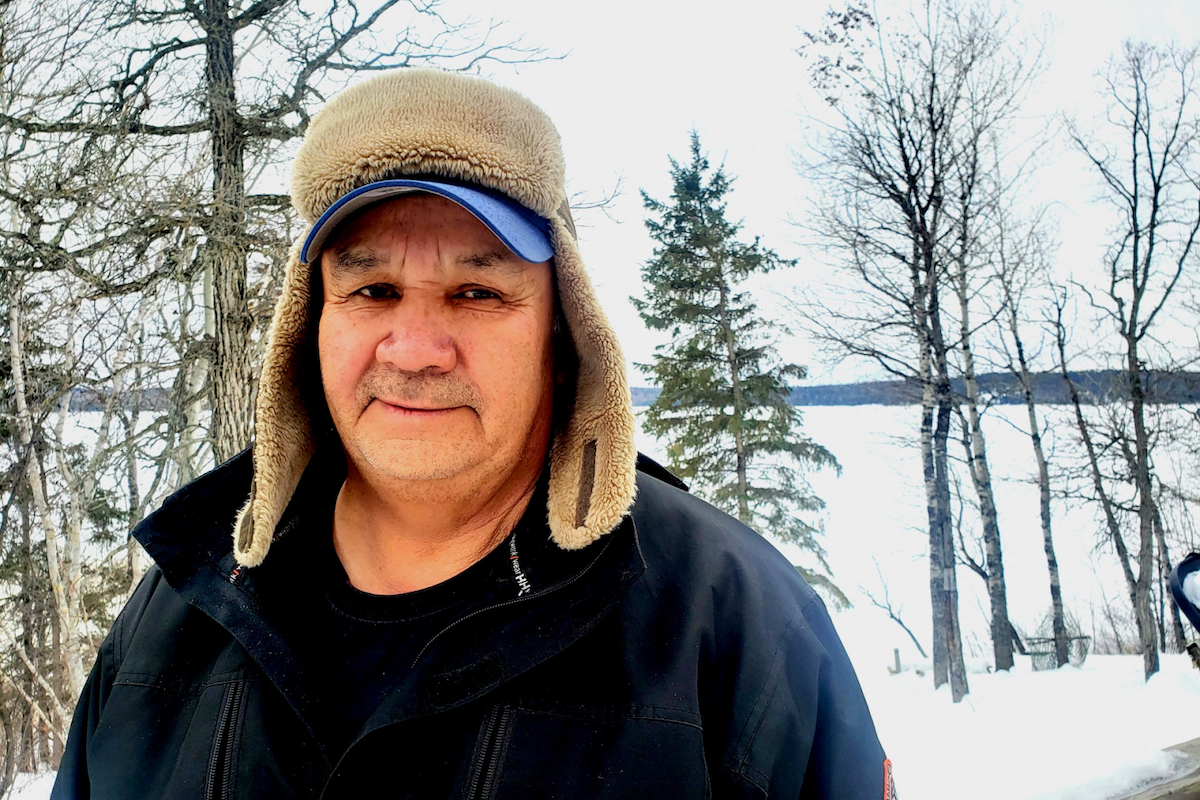Support strong Canadian climate journalism for 2025
Mercury poisoning among members of the Grassy Narrows First Nation in Ontario, Canada, is contributing to high rates of attempted suicide among Indigenous youth. That’s according to a new study out of the University of Quebec in Montreal published this month in the journal Environmental Health Perspectives.
The study analyzed data from 162 children and 80 mothers, parsing data on mercury levels in umbilical cords and hair, as well as from surveys on fish consumption and mental health. Researchers concluded that three generations of mercury exposure are linked to today’s youth attempted suicide rates.
Donna Mergler, professor emerita at the University of Quebec in Montreal and lead author of the study, said she and her co-authors found that women from Grassy Narrows who ate a lot of fish during pregnancy were more likely to have children with both emotional and behavioral problems.
“It’s like a cascade of effects from the grandparents down to the children,” Mergler said.
Attempted suicide rates are three times higher among Grassy Narrows First Nation members than other First Nation communities in Canada. Suicide rates for First Nation members in Canada are higher than rates for non-Indigenous people as a whole.
In the 1960s and ’70s, the Reed Paper mill dumped nearly 10 tons of mercury into the river the Grassy Narrows First Nation relies on for fish, according to a 2016 report from Canadian broadcaster CBC, which described the pollution as one of the nation’s worst environmental disasters. The study is the latest in a decades-long effort by the community to grapple with ongoing consequences of industrial pollution on their food.
“We’re very saddened by the report, but it’s also confirmed what we’ve been fearing all along, the impacts of mercury on our people,” Grassy Narrows First Nation Chief Rudy Turtle said at a recent press conference. “The impacts of mercury have been very devastating in terms of our economy. Our way of life has been totally destroyed.”
High mercury exposure has long been associated with brain damage and other neurological problems. In the United States, pregnant women are discouraged from eating high-mercury fish to protect their fetuses. The bigger the fish, the more likely they’ll have lots of mercury as the substance bioaccumulates.
In 2016, the Toronto Star reported that mercury levels in walleye fish in Clay Lake were 90 times higher than the recommended levels of daily intake for pregnant women set by the U.S. Environmental Protection Agency. Grassy Narrows First Nation members have traditionally fished from the lake and the river it feeds into, with many working as fishing guides for tourists prior to the discovery of the mercury pollution.
Sarah Rothenberg, an associate professor at Oregon State University’s College of Public Health and Human Sciences, wrote in Environmental Health Perspectives that Mergler’s study is rare in examining the link between mercury exposure and children’s mental health, but said Grassy Narrows is far from the only community facing such challenges.
Communities living in the Arctic and communities exposed to artisanal and small-scale gold mining may be experiencing mercury exposure, and the potential for similar effects there warrants further investigation, she said.
Mergler said the study lends scientific evidence to Grassy Narrows’ calls for adequate health care, compensation and a ban on mining and forestry in their territorial lands. In 2020, the federal government promised funds to build a mercury care home but that hasn’t yet materialized.
Chief Turtle from Grassy Narrows said after the discovery of high mercury levels in the area, commercial fishing companies and lodges closed, spiking unemployment. Still, as per their traditions, his community continues to fish the area for subsistence.
“It’s just not the same prior to mercury being dumped into our river,” he said.
If you are thinking of suicide or know someone who is, there is help. Resources are available online at crisisservicescanada.ca, or you can connect to the national suicide prevention helpline at 1-833-456-4566 or the Kids Help Phone at 1-800-668-6868. First Nations people, Métis and Inuit can also reach out to Hope for Wellness at 1-855-242-3310 or the Kamatsiaqtut Help Line at 1-800-265-3333.





Comments
This ongoing situation in Grassy Narrows is beyond abusive. Tell me again how Canada is not still engaged in genocidal actions against First Nations people.
This started in the mid-70s--got that? 50 years ago? When a mill was allowed to poison the water & the land in Grassy Narrows, and walk away scot free. And the provincial government of the day let that happen.
Minimata disease, in Canada, in Ontario. This is monstrous.
I can't speak for the people of the Nation, but from what I've seen, there's been nothing but throw-money-at-the-problem-bandaids ever since. At best. Medical support. Infrastructure. Whatever.
And the land and the water that this community depended on forever, and still depends on, is still poison. Fifty years later.
There's not a non-Indigenous community in the entire country that would continue to have to live with this.
This requires, has always required, massive land & water intervention to give this community back their heritage, their land, their resources, their health.
IMO, this is the greatest, and longest-lived, shame in Ontario.
(Full disclosure: I worked for DINA, in HQ, in a support function, for over 14 years back in the day. I saw what went on.)
I have no idea if there is any history of court litigation regarding the mercury poisoning of the waters of Grassy Narrows, but I'm completely puzzled as to why there has not been a definitive case, apparently, that has forced the federal and Ontario gov'ts to fork over whatever is needed, now, with a specified timeline to have this resolved.
The same goes for the supply of potable water across the country. With all the grand court decisions over the past couple of decades, why are we still in the same place, only now prefaced with (meaningless?? Useful??) land acknowledgements? What sort of decision/case would lead to punitive (i.e. billions) contempt of court penalties for intractable gov'ts?